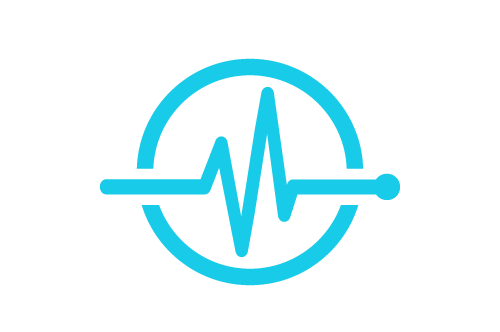Portable EEG
EEG test:
We now provide EEG test at your home/ ICU or in clinics. Patient no longer needs to travel to our specific centers for EEG test. We come to your doorsteps and perform the test with instant report ( soft copy) and CD / pendrive.

Epilepsy is a common condition that can affect anyone. The World Health Organization (WHO) estimates that more than 50 million people are affected by this condition worldwide and many new cases are diagnosed each year.
- It is the 2nd most common neurologic disorder after stroke.
- It affects 1% of the general population.
- About 10% of people will experience one seizure in his/her lifetime.
- Epilepsy can affect anyone at any age.
Patients with epilepsy are at risk for injury, economic instability and overall poor quality of life. We are committed to provide our patients access to the latest diagnostic tests, treatments and psychosocial resources to help them lead normal lives.
Understanding the terminology
Seizure: is a symptom characterized by abnormal or unnatural behavior caused by abnormal electrical activity in the brain.
Epilepsy: is a disease of the brain defined by any of the following conditions:
- At least two unprovoked seizures occurring more that 24 hours apart.
- One unprovoked seizure and a probability of further seizures similar to the general recurrence risk after two unprovoked seizures (approximately 75% or more)
- At least two seizures in a setting of reflex epilepsy.
Nonepileptic seizure refers to an event that is associated with normal electrical activity of the brain. This distinguishes it from an epileptic seizure. Because the term “seizure” can be confusing when used in this setting, the term “nonepileptic spell” or “event” is generally preferred. Another term often used is psychogenic seizure. Such events are triggered by stress and anxiety.
Causes of seizures
Seizures are classified as either provoked or unprovoked. In most cases the exact cause of the seizure is difficult to determine and it is likely that genetics plays a role.
Provoked seizures, on the other hand, typically occur as a result of abnormal brain structure (ie, birth defect, head trauma, stroke, tumor, etc). Other less common triggers include infection, drug or alcohol withdrawal, medication and degenerative brain disease.
Types of seizures
Seizures are divided into 2 categories depending on the symptoms and the electrical activity.
Generalized seizures occur when the abnormal electrical activity occurs throughout the entire brain. There are many types of generalized seizures that are distinguished by the behavior a patient may exhibit during the seizure.
Absence seizure (formerly “petit mal” seizure): brief staring with lack of awareness
Tonic seizure: muscle stiffness or rigidity
Atonic seizure (drops attacks): loss of muscle tone causing the body to become limp
Clonic seizure: repetitive muscle jerks
Myoclonic seizure: isolated or sporadic muscle jerks resulting from an increase in muscle tone
Generalized tonic-clonic seizure (formerly “grand mal” seizure): loss of consciousness with initial muscle stiffness then jerking
Partial seizures arise from one specific location but have the ability to spread throughout the brain. By observing which part of the body is affected by the seizure, the physician can determine which area of the brain triggered the seizure.
Simple partial seizure: Level of consciousness is normal. The symptoms can be further classified into 4 areas depending on which part of the brain is affected. This type of seizure is also called an “aura” if only sensory symptoms are involved.
– Motor symptoms include typically unilateral muscle jerking or stiffening
– Sensory symptoms affect any of the 5 senses. Most commonly this
manifests as auditory, visual, olfactory or gustatory hallucinations or
distortions
– Psychic symptoms trigger emotions such as fear or anxiety but can also elicit past experiences such as déjà vu
– Autonomic symptoms most commonly entail an odd stomach sensation or nausea but can alter other “automatic” functions such as blood pressure and heart rate
Complex partial seizure: Often proceeded by a simple partial seizure. Level of consciousness is impaired as the abnormal electrical activity begins to spread. There may be associated involuntary repetitive behaviors such as lip smacking, chewing or fidgeting.
Secondary generalized seizure: This type of seizure occurs when the partial seizure spreads to the other side of the brain. This is similar to a generalized tonic-clonic seizure described above except the symptoms may start on one side of the body then spread to the other side.
